
BAMA – 1
About the BAMA-1 Mission
The BAMA-1 mission is the first satellite mission to successfully deliver hardware to outer space. The project was entirely led and developed by undergraduate students, mostly in the University of Alabama College of Engineering. The team was able to successfully design, build, test, assemble, and deliver a fully functioning satellite to NASA for launch through the CubeSat Launch Initiative.
On 10 February 2022, an attempt was made to launch the BAMA-1 CubeSat into orbit. Unfortunately, there was an issue with the launch vehicle during its ascent, which resulted in none of the payloads being delivered into orbit. The UASPACE / BAMA-1 team would like to thank NASA for selecting us to be a part of the 2020 CubeSat Launch Initiative, NanoRacks LLC for all their help and guidance leading up to the launch attempt, and to all of our sponsors (without whom the BAMA-1 CubeSat would not have been possible). The team would also like to thank Astra Space, Inc. for their hospitality during payload integration and for the opportunity to be a part of their first launch attempt from Cape Canaveral, FL.
Timeline of UASPACE and the BAMA-1 Mission

NOVEMBER 2018
UASPACE is founded with 12 freshman aerospace engineering students and 5 STEM Path to the MBA senior students with the goal of putting a satellite into orbit before May 2022.
Left: The UASPACE team, March 2019
SPRING 2019
UASPACE secured funding for the BAMA-1 project, including a generous gift from Lockheed Martin, funding from Linc Research, grants from the Alabama Space Grant Consortium and donors from The University of Alabama College of Engineering. Securing this funding enabled UASPACE to proceed with their proposal under the NASA CubeSat Launch Initiative.
Thank you to our generous sponsors that made BAMA-1 possible




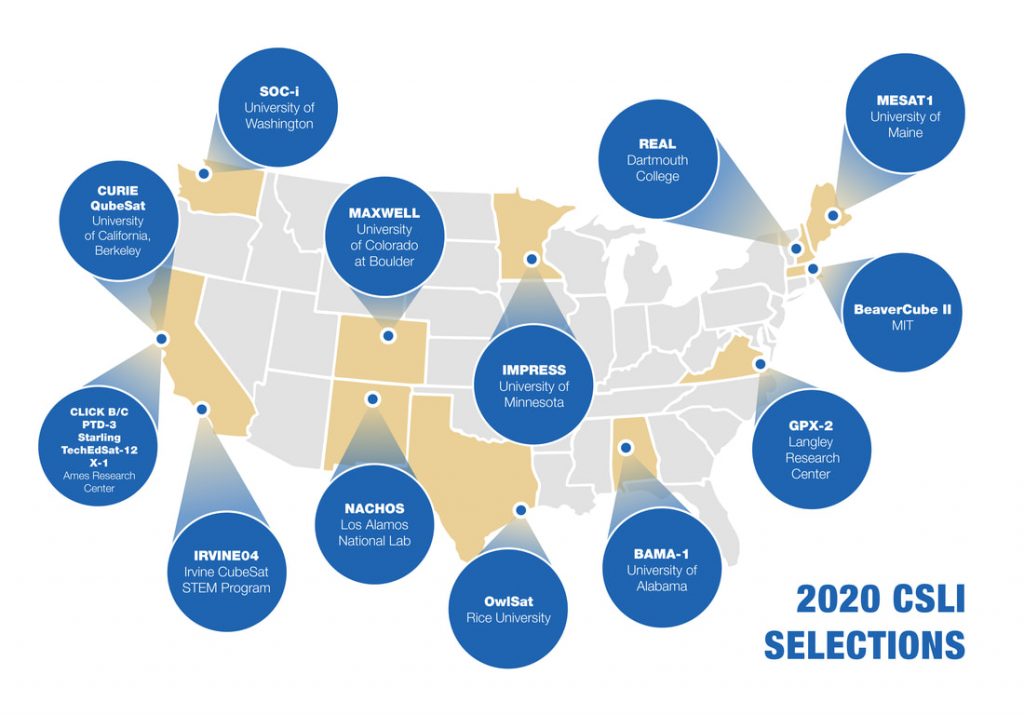
This is a FEBRUARY 2020
BAMA-1 was selected through the 11th round of the NASA CubeSat Launch Initiative for the opportunity to launch in 2021, 2022, or 2023. In February 2021, BAMA-1 was officially manifested on a rocket launch scheduled for December 2021.
Left: CubeSats selected in 2020 by NASA through the CubeSat Launch Initiative
FALL 2020 – SPRING 2021
After selection, detailed design and development efforts began. The team was forced to work remotely for almost a year due to COVID-19 shutdowns and restricted access to university facilities and laboratory space. UASPACE delivered their detailed satellite design to NASA and other stakeholders in March 2021 and moved towards manufacturing, integration, and assembly activities.
Right & below: Images from throughout the technical development process
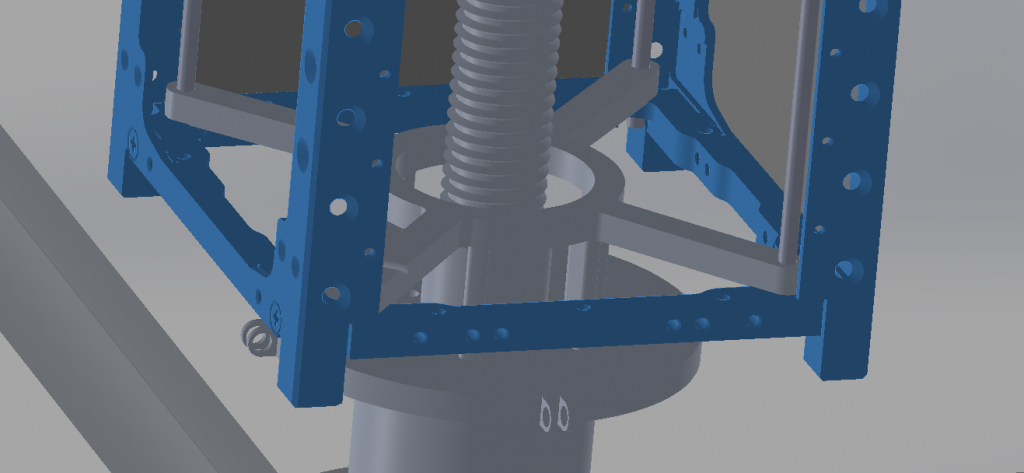


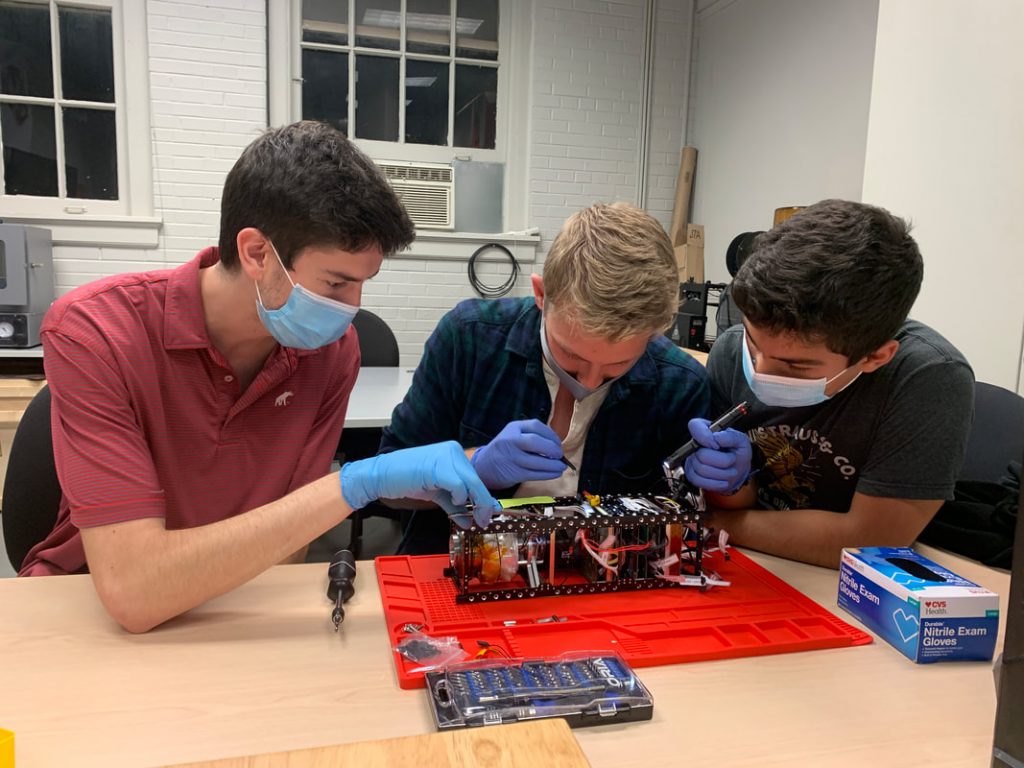
FALL 2021
With the hardware and final design details confirmed, the team was focused on integration, assembly, and subsystem testing. This included testing mechanical and electrical connections, vibrations testing of the entire system, and fit checks with the pods we would be in for the launch. The team also performed an end-to-end mission test to make sure that the software and hardware worked together the way they were meant to.
Left: Team members testing electrical connections on the assembled CubeSat
DECEMBER 2021
A few of our team members traveled to Alameda, CA to hand-deliver the BAMA-1 satellite to Astra for integration onto the rocket. While there, they got to meet the other teams on the mission and the folks from Nanoracks and Astra who had supported the mission development since we were manifested.
Left: UASPACE members with the Astra, Nanoracks, Cal Berkley, and New Mexico State CubeSat teams at the Astra facility Photo Credit: Astra
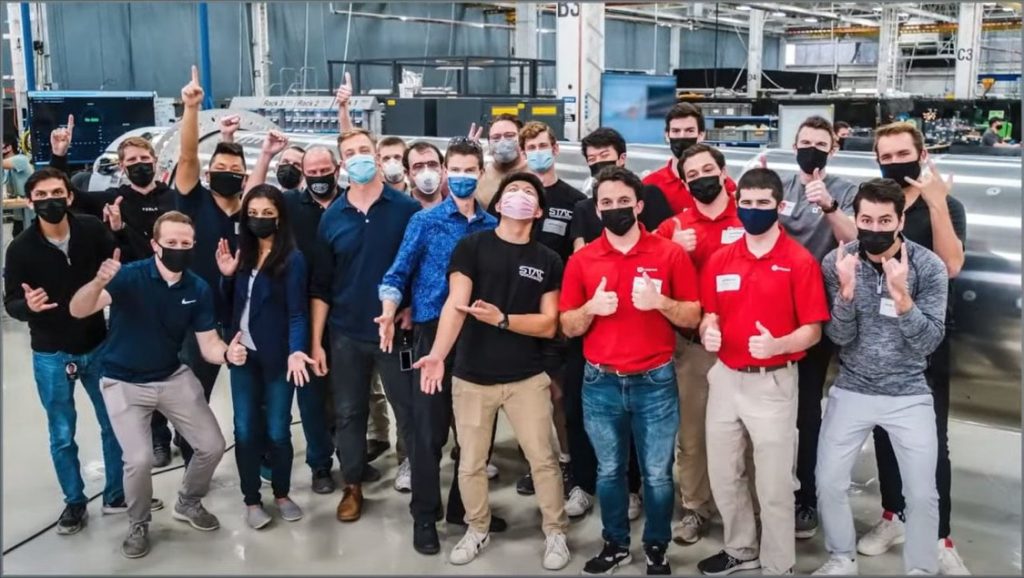
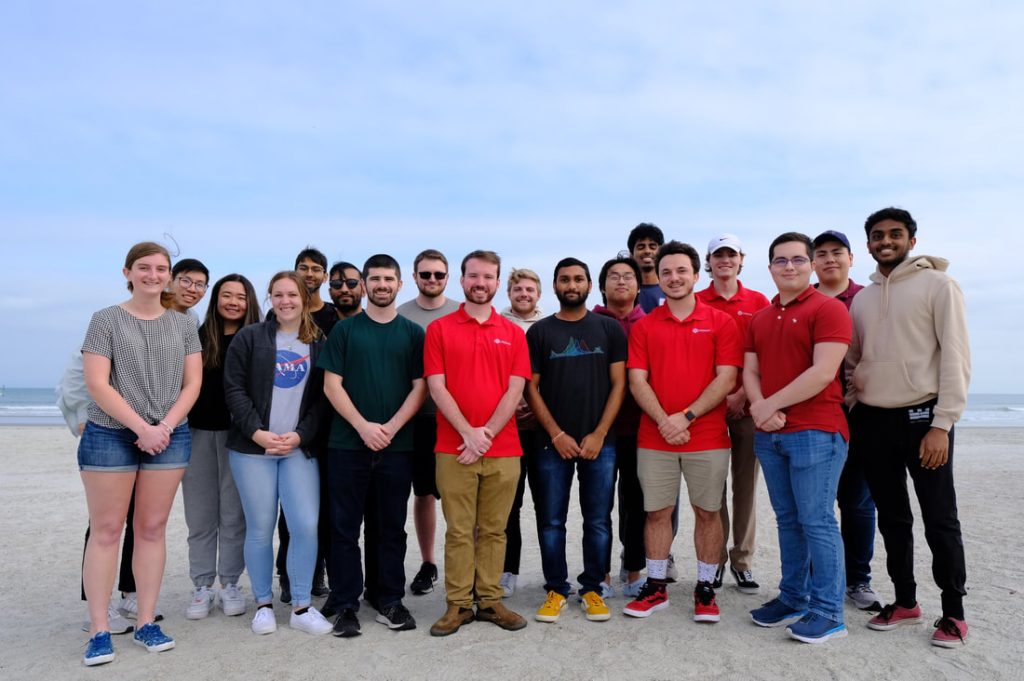
FEBRUARY 2022
Astra was officially scheduled to launch their LV-0008 rocket out of Cape Canaveral, FL on February 5th, 2022. 10 of our team members made the trip to Florida to try to watch the launch in person. Unfortunately the launch was delayed and the team had to return to campus. The rocket finally launched on Thursday February 10th, but suffered a critical failure right after main engine cutoff. The rocket spun out of control and all four satellites on board, including BAMA-1, were lost.
Right & below: Images from the launch site and the UASPACE and Cal Berkley teams in Florida.
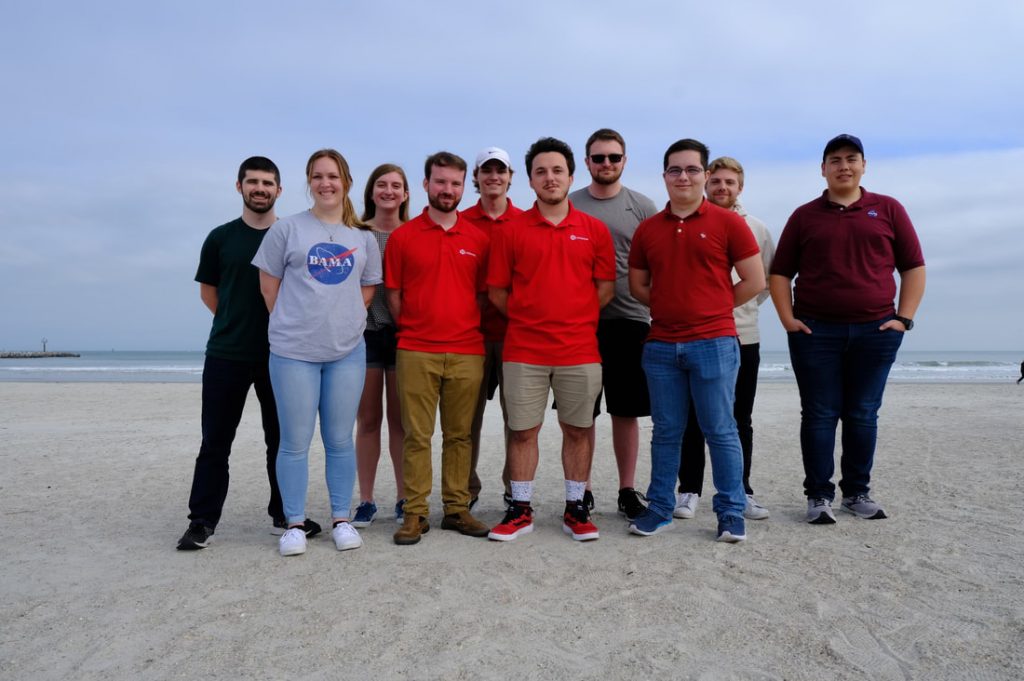
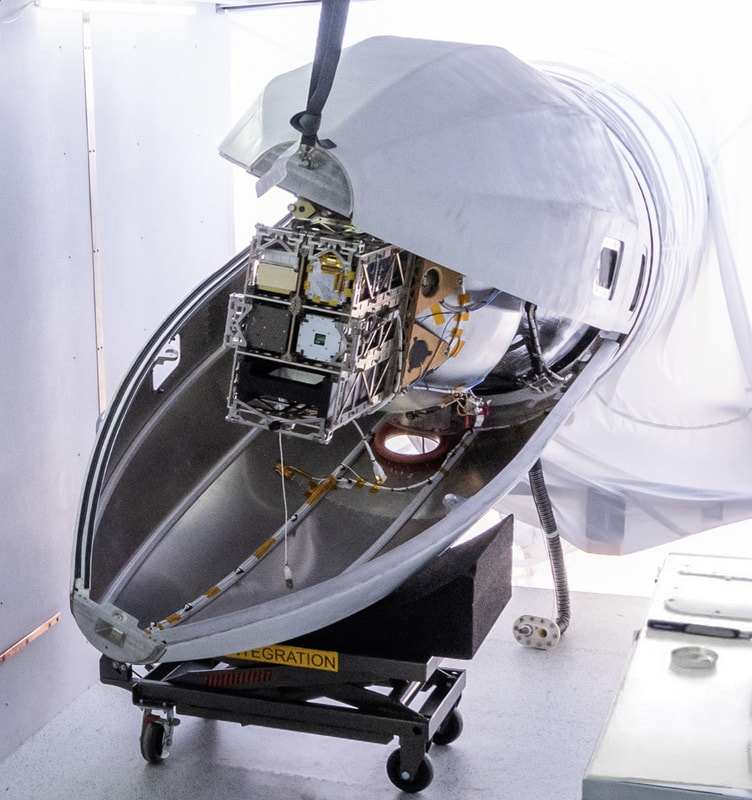
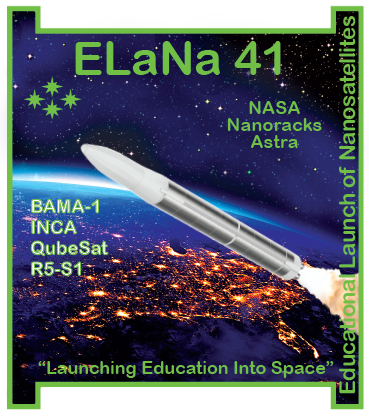

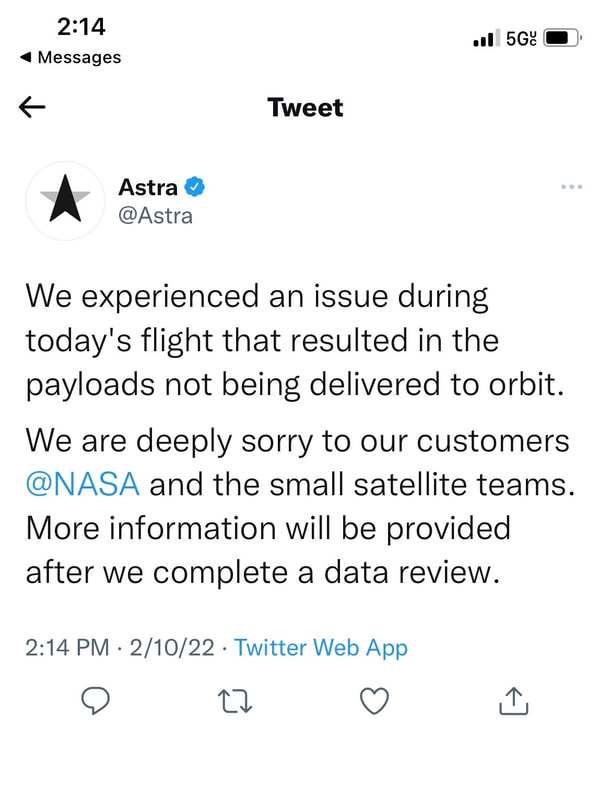

Thank You to Our Partners and Supporters



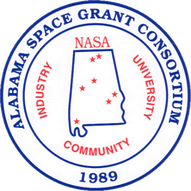

NanoSail-D Team
The Emil Buehler Foundation
Dr. Barkey, Dr. Sharif, and the AEM Department
Stefanie Justice, Jonathan Wilmot, Dave McComas, and the OpenSatKit Team
Merit and Feasibility Review Panel Members:
Tyler Askew, Eric Becnel, Colin Bennett, Dr. Richard Branam, Hannah Cherry, Glen Guzik,
Doug Hayward, Robert Lightfoot, Brittani Searcy, Thomas Slusser, Larry Sokolsky, Curtis Taylor.